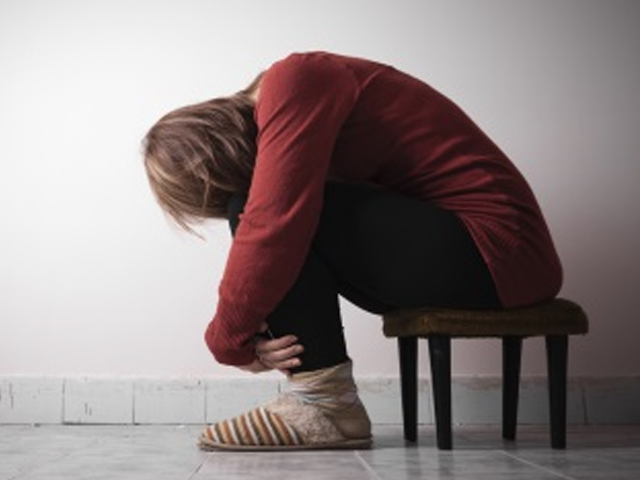Stigma and sense: Understanding melancholia
‘The Express Tribune’ goes over the basics of mental health and illnesses for a layperson

Stigma and sense: Understanding melancholia
What comes naturally to us, instead, is to deny and repress emotions by embellishing it under the term “strength.” To realise one needs help and then to reach out for it can perhaps be best described as taking a leaping of faith.
Researchers have found that individuals show a preference for self-reliance as one of the most important barriers to help-seeking. Other factors include hopelessness and hapless, confidentiality issues and stigma attached to it. All this, coupled with the inability to recognise symptoms and accept that you have a problem, needs as much introspection as it needs external intervention.
In our part of the world, a major barrier to seeking help is also the misconception, misinformation and disinformation surrounding psychological care. ‘Stigma and Sense’ is an initiative by The Express Tribune that aims to go over the basics of mental health and illnesses for a layperson.
Melancholia
One of the oldest terms used in psychology, melancholia is a sub-type of depression characterised by loss of pleasure or the lack of mood reactivity including three or more of the following: distinct quality of the depressed mood, mood that is worse in the morning, early morning awakening, psychomotor changes, weight loss or decreased appetite, and excessive guilt.
It is often referred to as “endogenous depression” which is roughly translated as a type of depression that comes from within, in contrast to depression that stems in response to external stressors. It is considered to be a heritable condition where social and psychological factors have little impact.
In the 17th century, Robert Burton described melancholy as “the character of mortality.” Many a definition have been attributed to the term throughout the history of psychopathology. Hippocrates first described melancholia as a condition that pulls people into a state of bleakness. He attributed it to an excess of black bile - one of the four basic humours explained by the Greek physician as vital bodily fluids that affect temperaments.
Burton’s work stems from Hippocratic ideology. For him, melancholia was a universal affliction and index of human condition. In the Renaissance period, Europeans glorified it as a sign of creative genius through art, fashion and books.
The 19th century returned the term to its clinical characterisation of depression. In his work on Mourning and Melancholia, Sigmund Freud modernised the concept to its current stature. He said there is no apparent “object loss” for a person experiencing melancholy. The person may be able to identify the loss but understanding the part about it that hurts is bothersome.
In modern times, melancholic features include loss of interest in all activities, continued despair, loss of appetite or significant weight loss, physical restlessness and disturbed sleeping patterns.
What sets it apart is instead of fatigue, an individual may have no energy at all. Or the inability to feel happiness, rather than sadness.
Recent researches associate melancholic depression with increased activation of the corticotrophin-releasing hormone (CRH) system and hence, elevated cortisol levels which increase stress.
Typical melancholic depression has been linked to different neurohormonal concomitants. This imbalance can affect a person’s ability to deal with stress, appetite, and sleep and may even result in chronic inflammation.
Melancholic depression has been found to be comorbid with postpartum depression, bipolar disorder amongst others.
The third edition of the Diagnostic and Statistical Manual classified melancholia a feature of depression. Over the years, it has been extended as a sub-type of clinical depressions.
In simple words, it is basically when someone is sad or down but not diagnosable by formal mental illness criteria.
Have something to add to the story? Share it in the comments below.



















COMMENTS
Comments are moderated and generally will be posted if they are on-topic and not abusive.
For more information, please see our Comments FAQ